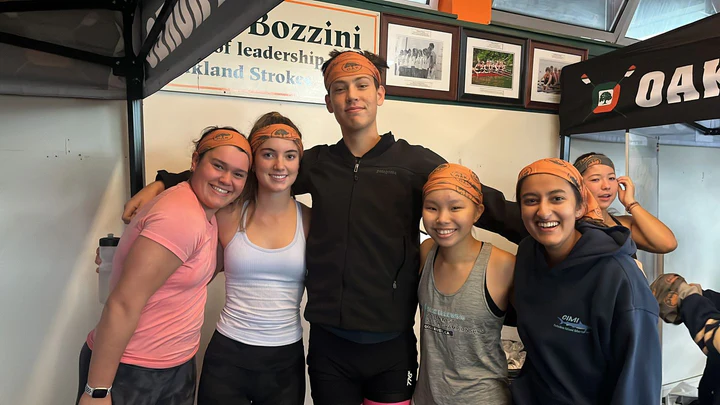
Why Measurement Accuracy Matters in Clothing Samples
Ever tried explaining your ideal sleeve length using a banana for scale? Whether you’re a startup founder or a seasoned apparel buyer, knowing how to measure samples properly can save time, money, and awkward product reviews. This guide by YUDI Clothing will help you measure garments like a pro — no fashion drama required.
Step 1 – Prepare Your Tools and Sample Correctly
Use a professional soft measuring tape (not the stretchy one from grandma’s sewing kit).
Make sure your garment is:
Flat, with no wrinkles or folds
Clean and pressed, especially around seams
Labeled with sample version and date (V1.0, V2.0, etc.)
Measuring a live model? Use fitted base clothing to ensure accuracy. No parkas or hoodies.
Step 2 – Essential Garment Measurements by Category
For Tops (T-Shirts, Hoodies, Jackets)
Chest/Bust: Measure around the fullest part of the chest
Shoulder Width: From left to right shoulder seam
Length: From the center back neck to hem
Sleeve Length: From shoulder seam to cuff
Cuff Circumference: Around the wrist opening
For Bottoms (Pants, Shorts, Joggers)
Waist: Natural waistline, laid flat then doubled
Hip: Widest part of the garment, typically 18-20cm down from waistband
Inseam: From crotch to hem on the inner leg
Outseam: From waistband to hem
Thigh & Leg Opening: Measure flat and double
For Dresses & Skirts
Skirt Length: From waistband to hem
Hem Width: Sweep measurement at the bottom hem
Slit Height: From hem to the top of the slit
Neckline Depth: From the shoulder seam to lowest neckline point
Step 3 – Use Standard Sizing Language and Tolerances
Stick to either centimeters or inches. Don’t mix.
Include tolerance ranges (e.g., Bust: 88cm ±1cm)
Attach annotated sketches or tech pack drawings
Label clearly: V1.0 = Original / V1.2 = Revised, etc.
Step 4 – Communicate Your Design Intent Clearly
Example: “Bust = body measurement + 4cm ease for slim fit”
If using stretch fabric, include the stretch percentage
If garment has intentional drop shoulders, oversized silhouettes, or other special design elements — spell it out
Step 5 – Common Mistakes to Avoid
Don’t measure by eye or estimate with cables or lanyards
Avoid vague terms like “where I like my pants to sit”
Always confirm if length means front, back, or side seam
Label every document and version — don’t rely on memory
Conclusion – Get Your Clothing Samples Right the First Time
Measuring accurately isn’t just a technical step — it’s a brand-saving move. Consistent sample sizing keeps your production smooth, your customers happy, and your team out of crisis mode.
When in doubt? Sketch it out. Or better yet, email YUDI Clothing.
Need Help With Your Clothing Samples?
👉 Contact YUDI Clothing — your trusted manufacturer for custom clothing production. We speak fluent “designer,” “startup,” and “oops-I-measured-that-wrong.”
Let’s get your next sample sized right — from the first cut.





